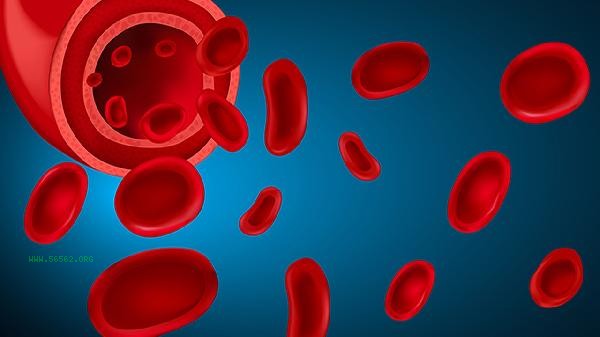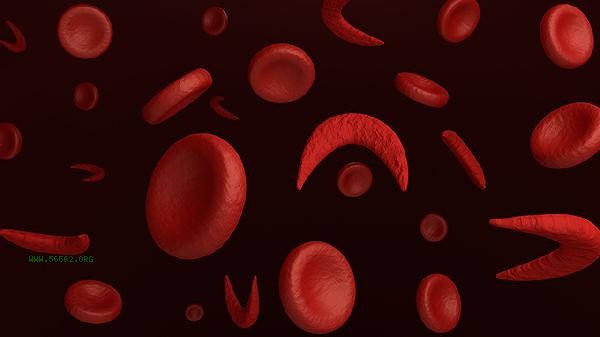Low average red blood cell values may be caused by iron deficiency anemia, chronic inflammation, vitamin B12 deficiency, thalassemia, bone marrow hematopoietic dysfunction, and other reasons.
1. Iron deficiency anemia:

Iron is an important raw material for the synthesis of hemoglobin. Long term insufficient iron intake or absorption disorders can lead to a decrease in hemoglobin synthesis and a reduction in red blood cell volume. Commonly seen in cannibalistic groups, patients with gastrointestinal bleeding, and pregnant women. Diagnosis can be confirmed through serum ferritin testing, and treatment requires supplementation of iron and adjustment of dietary structure.
2. Chronic inflammation:
Rheumatoid arthritis, tuberculosis and other chronic inflammatory diseases will interfere with iron metabolism, resulting in obstacles in iron utilization. Inflammatory factors can inhibit the activity of erythropoietin, leading to a decrease in red blood cell production. These patients usually have elevated C-reactive protein levels, and priority should be given to controlling the primary disease.
3. Vitamin B12 deficiency:

Vitamin B12 is involved in the synthesis of red blood cell DNA. When lacking, the hematopoietic function of the bone marrow is abnormal, resulting in the production of immature red blood cells with increased volume. Commonly seen in long-term vegetarians and patients after gastrectomy, it may be accompanied by neurological symptoms such as numbness in the hands and feet. Diagnosis needs to be confirmed through serum vitamin B12 testing.
4. Mediterranean anemia:
This is a hereditary disorder of hemoglobin synthesis, where an imbalance in the proportion of globin peptide chains leads to a shortened lifespan of red blood cells. Mild patients may only present with small red blood cell volume, while severe cases require transfusion therapy. Genetic testing can clarify typing, and premarital screening can effectively prevent it. 3. Bone marrow hematopoietic dysfunction: Diseases such as aplastic anemia and myelodysplastic syndrome can directly affect the function of hematopoietic stem cells, leading to a decrease in the quantity and quality of red blood cell production. These patients often have leukopenia or thrombocytopenia and require bone marrow biopsy to confirm the diagnosis.
Daily intake of iron rich foods such as animal liver and lean meat should be ensured. Vitamin C can promote iron absorption and should be consumed in combination. Long term vegetarians need to regularly monitor their vitamin B12 levels and supplement supplements if necessary. Chronic disease patients should receive standardized treatment for underlying diseases and avoid self medication that affects hematopoietic function. Pregnant couples are advised to undergo genetic screening for thalassemia, and pregnant women should strengthen their intake of nutrients such as iron and folate. If there are persistent symptoms such as fatigue and dizziness, a blood routine examination should be conducted in a timely manner.









Comments (0)
Leave a Comment
No comments yet
Be the first to share your thoughts!